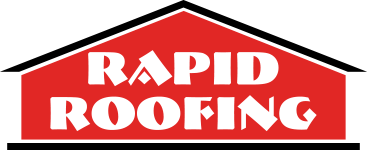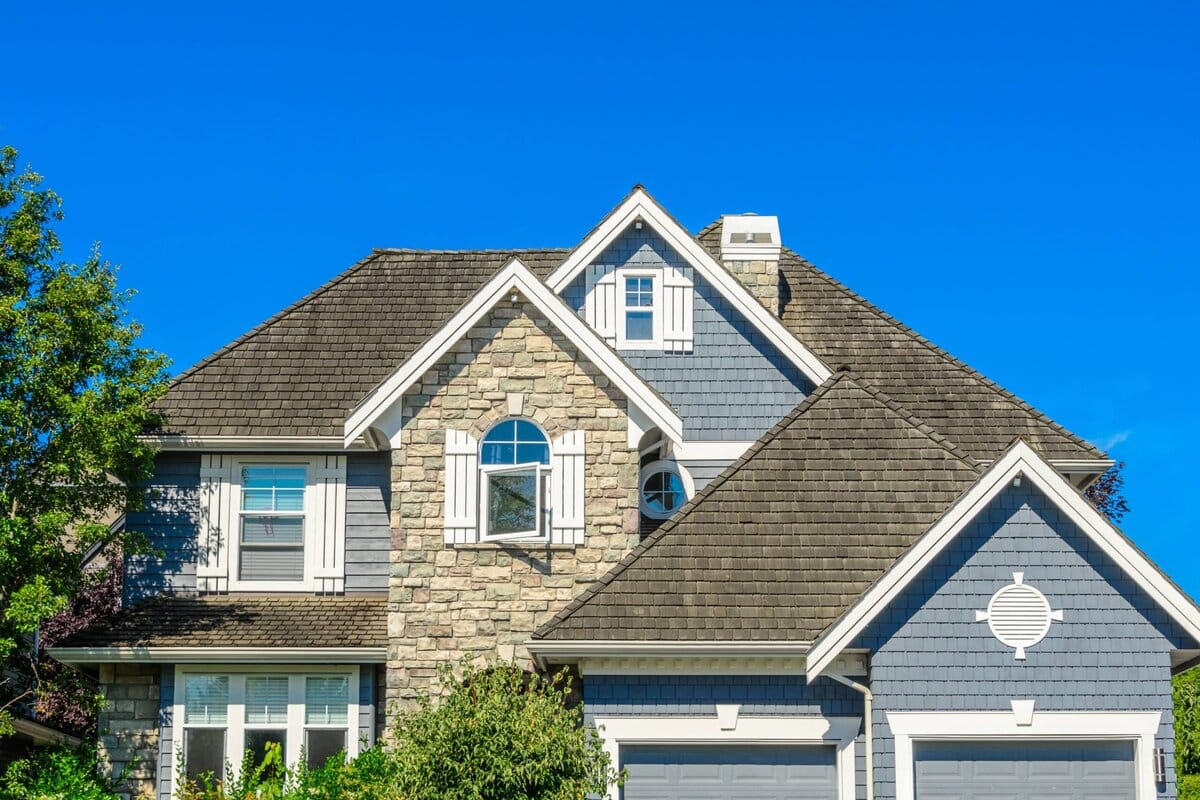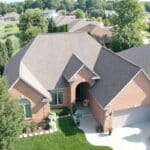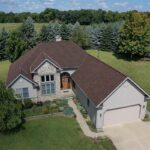Signs of a Poorly Installed Residential Roof
A residential roof is one of the most important structures in a home, providing protection from the elements and maintaining the structural integrity of the building. However, a poorly installed roof can lead to a host of problems, including leaks, water damage, and even mold growth.
It is important to be aware of the signs of a poorly installed residential roof, so that you can address any issues before they become more serious.
Residential Roof Leaks
One of the most obvious signs of a poorly installed roof is leaks. If water is seeping through the roof, it is likely that the roofing material has not been properly sealed or installed. Leaks can lead to water damage, mold growth, and even structural damage if left unrepaired.
Missing or Damaged Shingles
Another sign of a poorly installed roof is missing or damaged shingles. Shingles are the primary barrier between the elements and the interior of the home, and if they are missing or damaged, the roof is not providing adequate protection.
Sagging or Uneven Roofline
A sagging or uneven roofline is a sign that the roof deck is not properly supported. This can be caused by a lack of proper ventilation, or by the use of low-quality materials.
Poor Roof Flashing
Flashing is a material used around roof penetrations, such as vent pipes and chimneys, to prevent water from seeping into the home. Poorly installed flashing can lead to leaks and water damage.
Worn Out or Damaged Underlayment
The underlayment is a layer of material that is installed beneath the shingles, and it helps to protect the roof deck from water damage. If the underlayment is worn out or damaged, it can lead to leaks and water damage.
Pooling Water on the Residential Roof
Pooling water on the roof is a sign that the roof is not properly sloped. This can cause water to collect in certain areas, and can lead to leaks and water damage.
Missing or Damaged Gutters
The gutters on a home help to channel water away from the foundation. If the gutters are missing or damaged, it can cause water to seep into the home and lead to water damage.
Sagging or Uneven Ceilings
If the ceilings in your home are sagging or uneven, it is likely that the roof is not providing adequate support. This can be caused by a lack of proper ventilation, or by the use of low-quality materials.
Unexplained Mold or Mildew
Mold and mildew growth can be caused by water leaks or poor ventilation. If you notice mold or mildew in your home and cannot find the source, it may be due to a poorly installed roof.
Age of the Residential Roof
The age of the roof is also a sign of the quality of installation. A well-installed roof will last for 20 to 25 years. If the roof is much older than that, it’s time to consider a replacement.
If you notice any of these signs of a poorly installed residential roof, it is important to contact a professional roofing contractor as soon as possible. A qualified contractor will be able to assess the condition of your roof, identify any issues, and recommend the best course of action to repair or replace the roof.
It’s always a good idea to have a professional like Rapid Roofing do a regular check-up on your roof, especially if you have an older roof. They will be able to catch any issues before they become serious problems. Additionally, it is essential to make sure that the contractor you hire is licensed, insured, and experienced in roofing installation. This will ensure that the work is up to code and your residential roof will last for many years to come.






